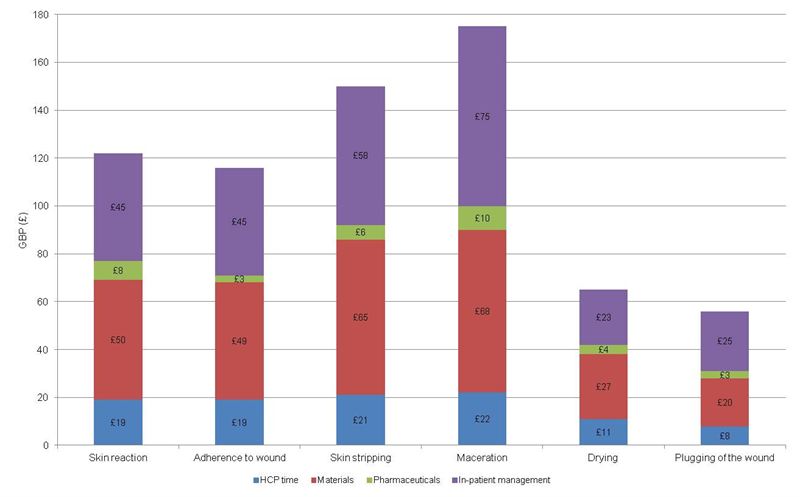Published study results highlight hidden costs of dressing-related trauma

The results of a study, published in the Journal of ClinicoEconomics and Outcomes Research has, for the first time, gathered the opinions of wound care specialists on the clinical consequences associated with dressing-related trauma and the high costs associated with its management.
Dressing-related trauma is recognised as a clinical and economic burden to both patients and healthcare providers. It may include trauma to the wound bed and the surrounding intact skin, as well as associated clinical complications such as inflammation, wound enlargement, bleeding, oedema, dermatitis and pain. In addition to being costly, these complications often significantly delay the wound healing process.
Wound care specialists identify most common complications
In this two-phased study, including one-on-one interviews, online surveys and a review of existing cost data, the most common complications associated with dressing-related traumas in a UK setting were identified and analysed. Treatment costs were broken down into four categories: healthcare professional time, materials, pharmaceuticals and in-patient management.
The study results show that the complete cost of treating the six most commonly identified types of dressing-related trauma range from £56 (plugging of the wound) to £175 (maceration) per occurrence, with in-patient management and materials making up the bulk of the associated costs.
Phil Cooper, President of Mölnlycke Health Care’s Wound Care Division, said:
“The results of this research will contribute to developing a better understanding of the hidden costs of wound care and also, ultimately, to better patient care.
“Many of the costs associated with the pain suffered by patients and the trauma to the wound, identified in this insightful study, may be avoided through the use of dressings with our patented Safetac®technology. They are gentle on the wound bed and surrounding skin and have a unique sealing effect, reducing the risk and cost of dressing-related trauma.”
References
1. Charlesworth, B., Pilling, C., Chadwick, P., Butcher, M., ClinicoEconomics and Outcomes Research 2014; 6:227-239
Theo Kjellberg
theo.kjellberg@molnlycke.com
+46 (0)31 352 3651
Mölnlycke Health Care is a world leading manufacturer of wound care and single-use surgical products and a service provider to the healthcare sector.
Headquartered in Göteborg, Sweden, Mölnlycke Health Care’s history dates back to 1849, when it was founded as a textile manufacturer. The Company became independent in 1997 and since 2007 is majority-owned by Investor AB. The Company has over 7,400 employees across over 30 countries.
The Wound Care Division offers gentle and effective wound care solutions. Featured products include those with the unique and patented Safetac®technology that reduce unnecessary suffering during a patient’s wound healing journey. Safetac®is available exclusively on Mepitel®, Mepilex®and other selected dressings.


